#piranha
Explore tagged Tumblr posts
Text






Piranha (1978) dir. Joe Dante
#piranha#piranha 1978#horroredit#filmedit#classichorrorblog#horrortvfilmsource#junkfooddaily#horrorfilmgifs#cinemapix#fyeahmovies#joe dante#dick miller#horror#mygifs
303 notes
·
View notes
Text

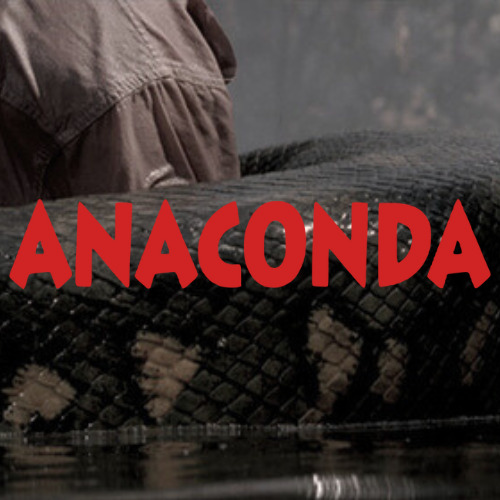
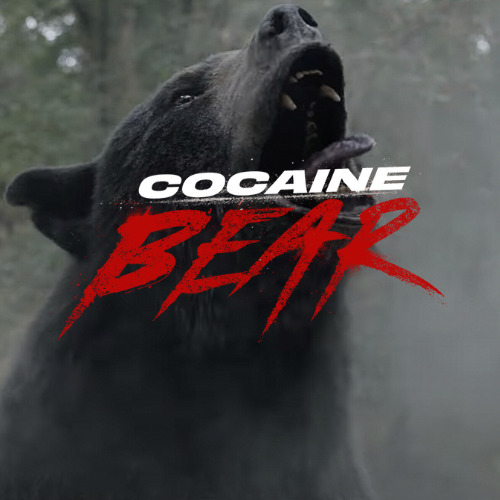


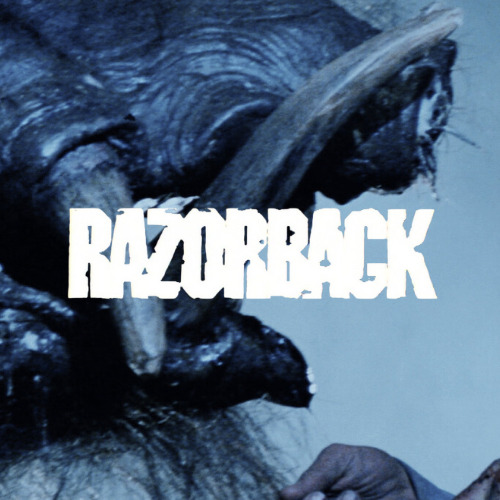
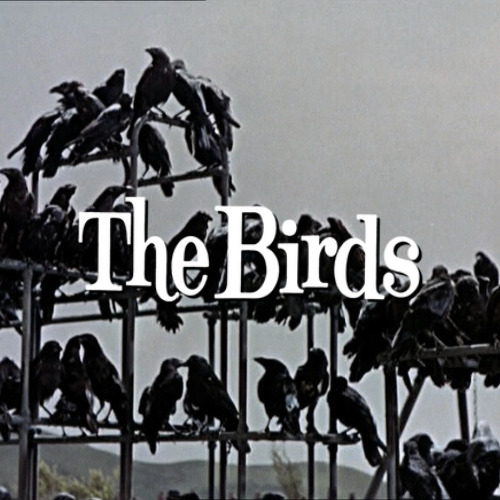

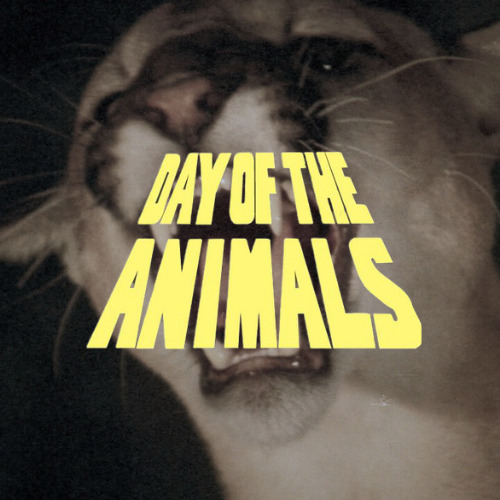
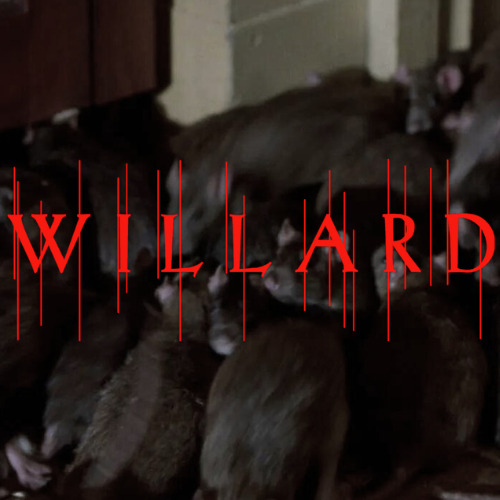


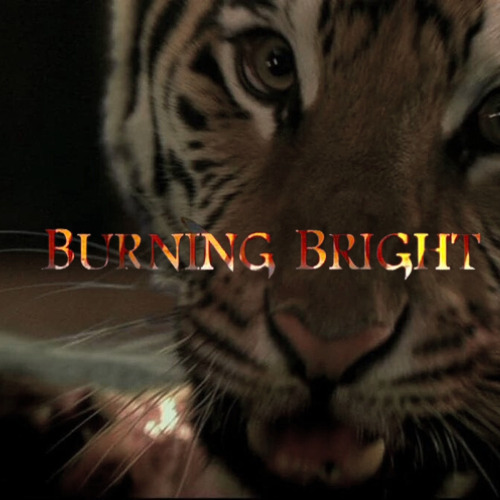
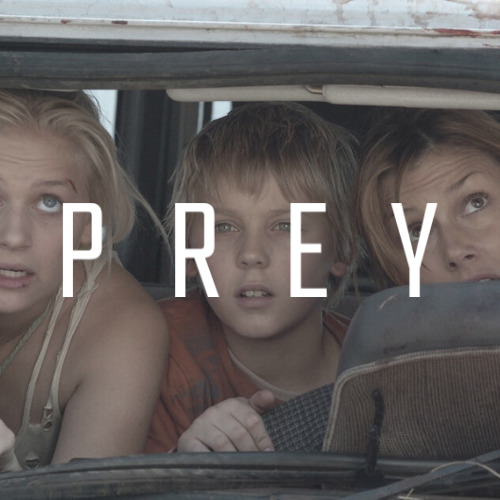

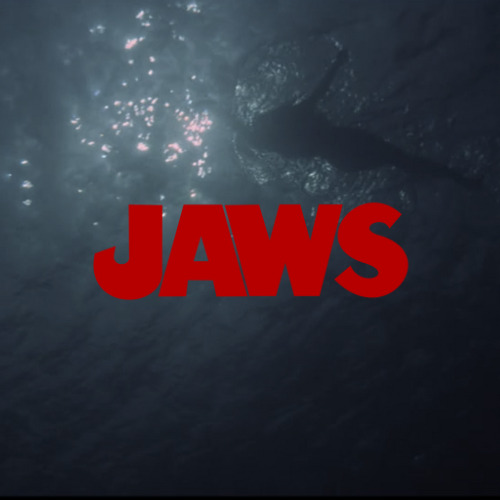
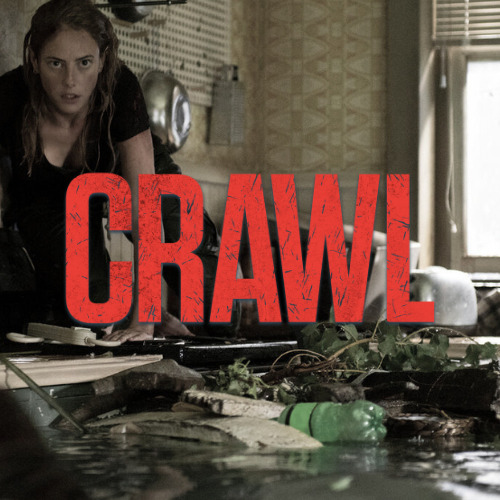

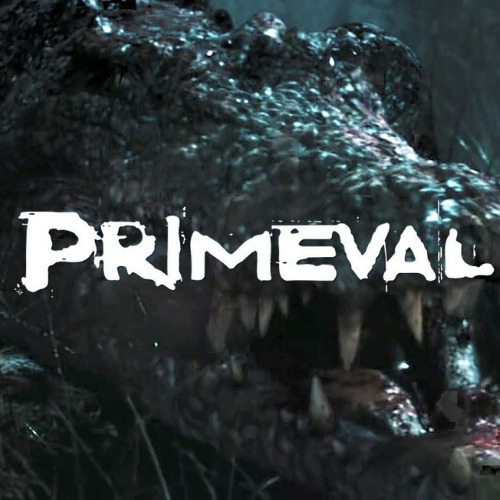
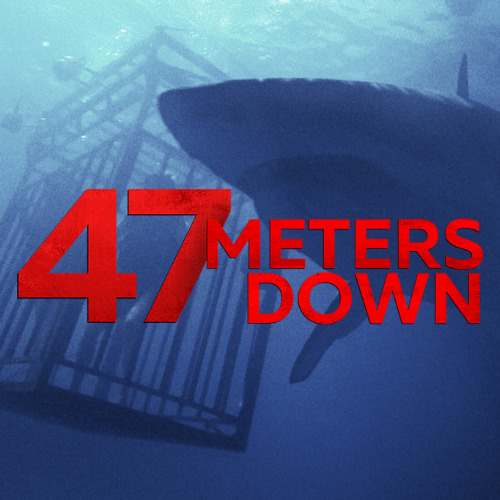

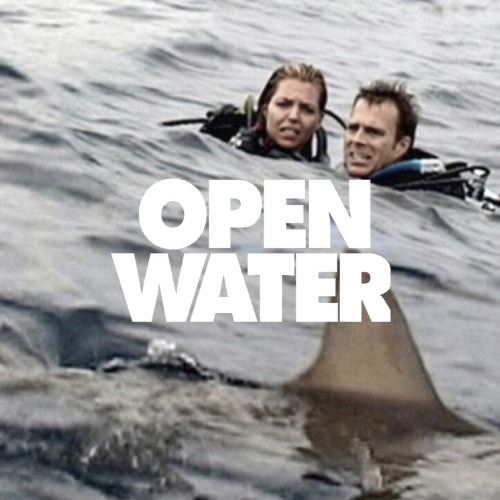
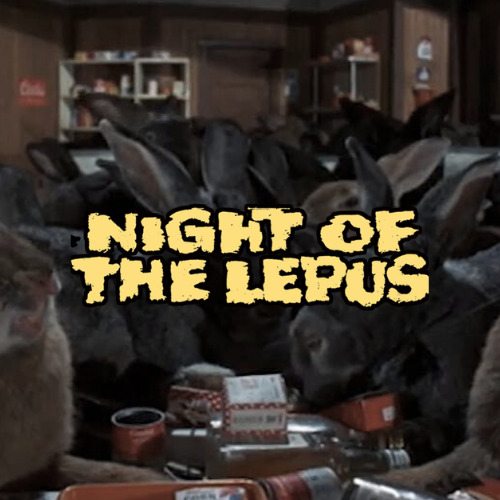
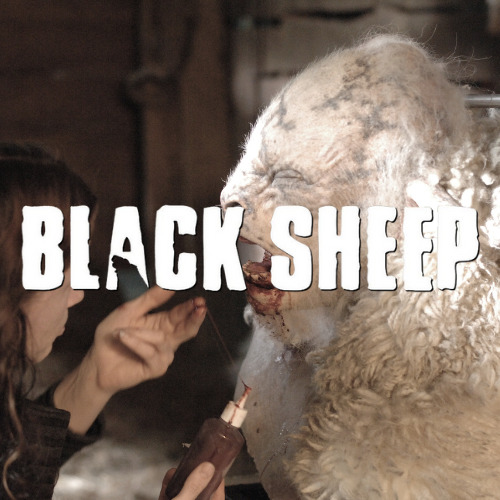





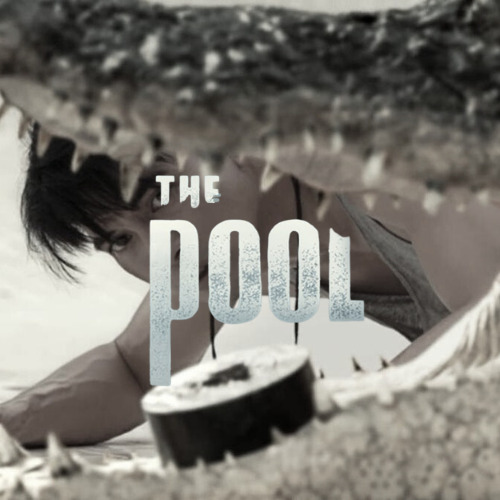
horror sub-genres: animal
#horror#horror movies#horroredit#moviesedit#horror sub-genres#filmedit#cinema#horror cinema#horror aesthetic#grizzly#anaconda#cocaine bear#beast#cujo#razorback#the birds#backcountry#day of the animals#willard#prophecy#king kong#burning bright#prey#alligator#jaws#crawl#lake placid#primeval#47 meters down#piranha
781 notes
·
View notes
Text
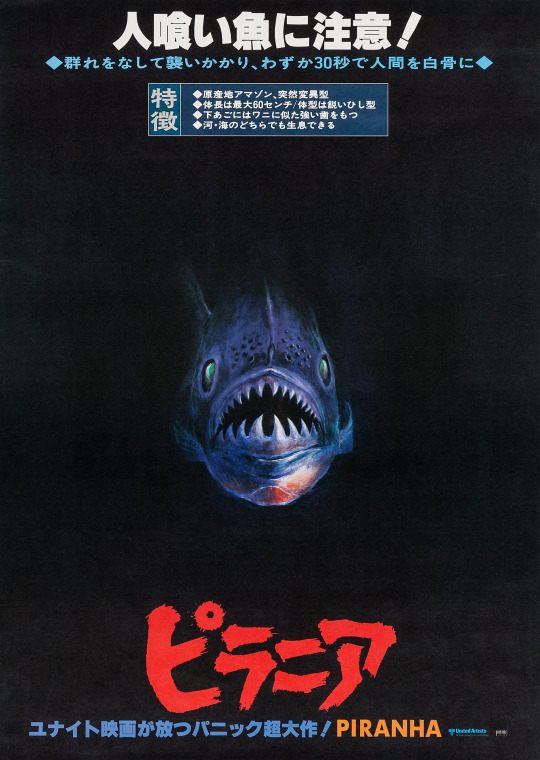
Japanese poster for Piranha (1978)
565 notes
·
View notes
Text

[ID: a digital illustration of a green fish with dorsal black stripes and a red belly. It’s teeth are sharp and it is surrounded by simple green leaves on a light green background. End.]
Red-bellied piranha, a sharp little tetra from South America! They hang out in large schools for defense. They are omnivorous, but most seem to primarily consume fish, small vertebrates, bugs, and crustaceans.
277 notes
·
View notes
Text


Read this gripping Rayman fanfiction called Piranha. It's inspired by, rather than based on, Rayman 2. I really don't read much fanfic anymore but wow I don't know where to begin. I can talk about this for hours. I may have read it >5 times atp
It's pretty dark, can get pretty heavy, and it really does stray a LOt from the source material. I find it impressive that this started being posted more than 20 years ago, that's some deidcation. Hope the author, Rayfan, can finish it one day but honestly, I'm really interest if she has published any work of her own. Her writing is incredible
Anyways, did some fanart and got a little carried away with interpreting these characters. May do more in the future but honestly I have other things I'd like to draw too
144 notes
·
View notes
Text

Skipping the lineart and just coloring my sketches a lot recently. Anyway here's Cassidy.
381 notes
·
View notes
Text

Saw VI (2009)
#piranha#saw vi#saw franchise#saw#movie#fish#aquarium#freshwater#tobin bell#this was one of the many posts saved in the drafts but i saw (heh) that y'all wanted the piranhas so here's john and the piranhas
157 notes
·
View notes
Text

JSR : Piranha ❤️
112 notes
·
View notes
Text

it would be the most dangerous animal on the planet
#mermay#mermaid art#animal art#hybrid#traditional art#speculative biology#spec bio#xenobiology#piranha#hippopotamus#hippo
286 notes
·
View notes
Text

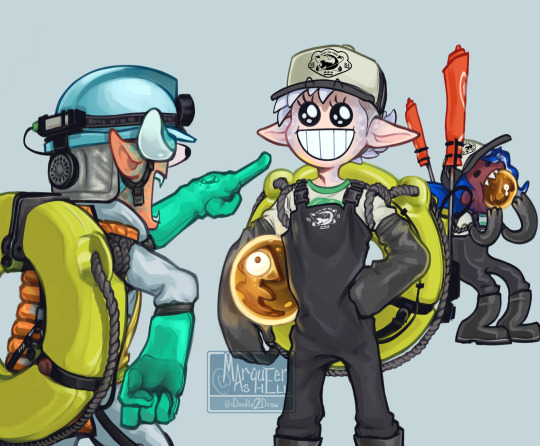

my side of an art trade with my besties @astronumbers and t where we drew about our Salmon Run inside jokes 🐟💥
I HAD SO MUCH FUN WITH THIS LMAO
here's their sides of the trade :D LOOK AT 'EM !!!!!!!!!!!✨✨
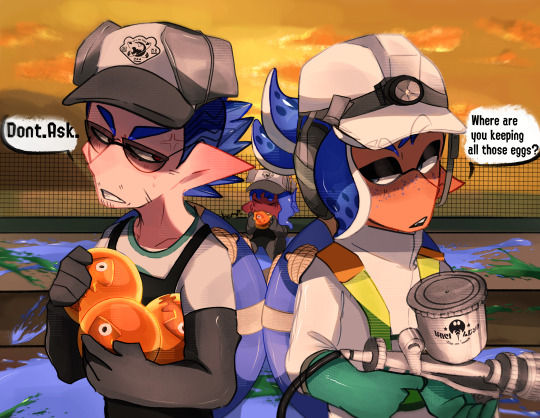
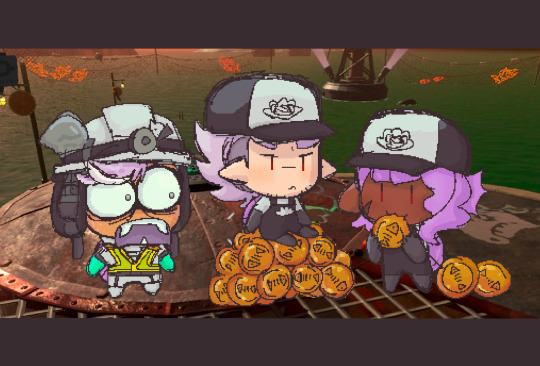
the point of the art trade was that we all drew these without showing any progress or telling what ours were about- and to send them all to each other finished, like a surprise!
hilariously, we all had the same idea of making Piranha being silly and nomming on an egg HEHE 🤍
#Justyn squit#inksona#fansona#Chlorine squit#inkling#Piranha#octoling#octopus#squid#cephalopod#Splatoon#Splatoon 3#Splatoon Salmon Run#Salmon Run#not furry#humanoid#iDoodle2Draw#iD2D#art#artwork#drawing#digital art#fanart#fan character#art trade#not my art#AstroNumbers#soupgummies
632 notes
·
View notes
Text

UK 1987
205 notes
·
View notes
Text

whatever. piranha wojack
#saw#saw vi#john kramer#william easton#saw fanart#saw franchise#doodles#piranha#art by audra#have something dumb for today
380 notes
·
View notes
Text

Commission! A very unique (and a bit funny) fish-man!
Ko-fi: https://ko-fi.com/wheatart Commission info: https://wheatart.com/about
81 notes
·
View notes
Text

















Criminal Minds 17.07 | Piranha
#emily prentiss#tyler green#cm#criminal minds#cme#criminal minds: evolution#criminal minds evolution#cmedit#criminalmindsedit#criminalmindsevolutionedit#paget brewster#ryan james hatanaka#17x02x07#piranha#my gifs#edit
149 notes
·
View notes
Text

Happy Halloween from me and my Pirate Piranha Skeleton pumpkin
#halloween#red bellied piranha#piranha#aquarium#marine biology#fish#sharks#art#deep sea#oceanposting#sea creatures#ocean#my photo#happy halloween
528 notes
·
View notes


